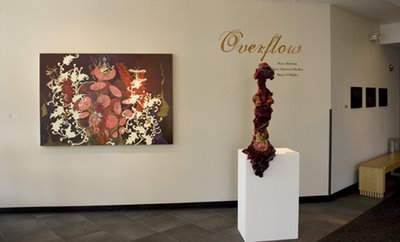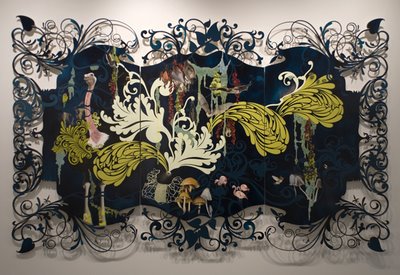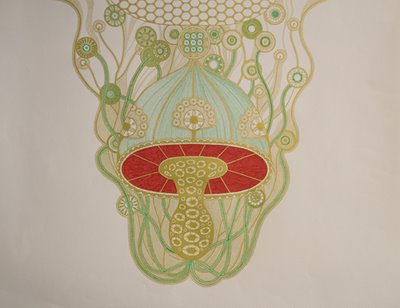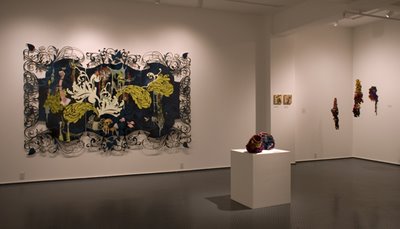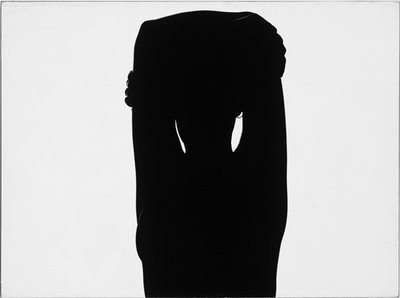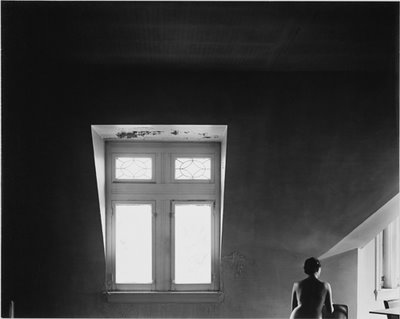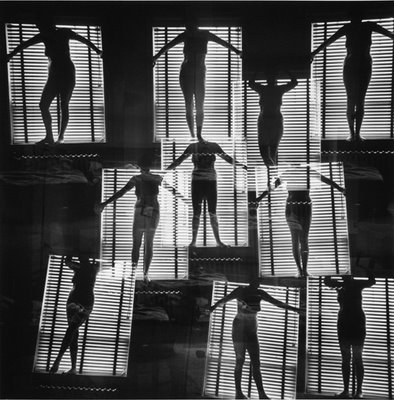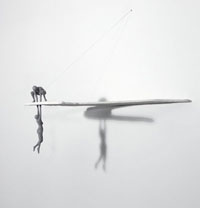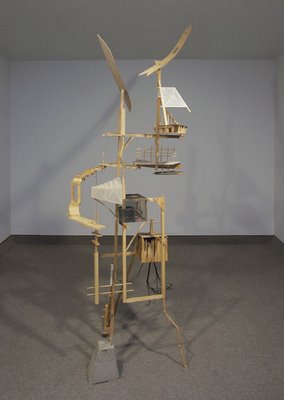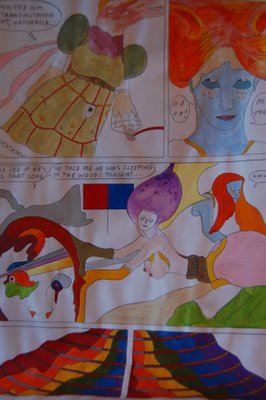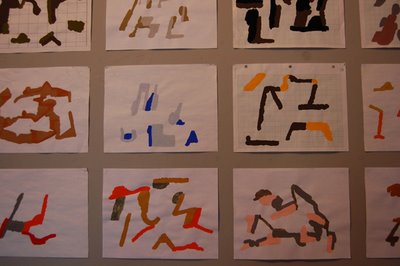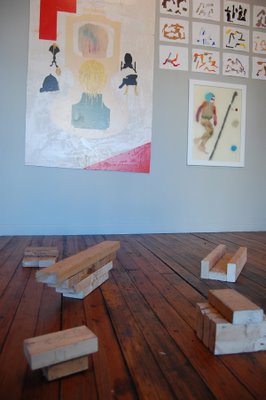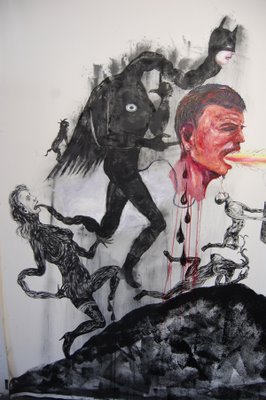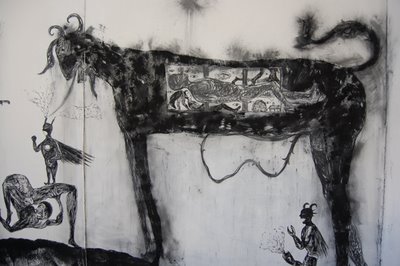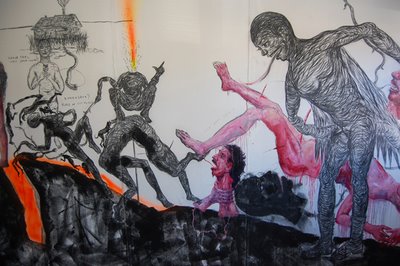DeCordova doubles down on sculpture, switches Annual
The DeCordova Museum and Sculpture Park in Lincoln today announced staffing and programming changes aimed at making it a major player in sculpture. The institution also said it will switch its trademark Annual Exhibition to a biennial format. Director Dennis Kois signaled these programming moves when I interviewed him shortly after he began work at DeCordova in June.
Nick Capasso, who has worked at DeCordova for 18 years, has been “promoted to the newly created position” of senior curator. “Capasso will lead DeCordova’s efforts to assume a position of national leadership in the exhibition of contemporary sculpture, both indoors and out, within a decade,” the announcement says.
To assist in that goal the institution also announced “the formation of DeCordova’s first-ever Sculpture Park Committee, which will include outside advisers and experts, also a first for a DeCordova committee. Along with Board members and Museum Overseers, the committee will include a notable roster of curators, gallerists, scholars, and leading figures in the world of sculpture drawn from both the United States and abroad.”
Dina Deitsch, who has served as interim assistant curator at DeCordova for the past nine months, was named full-time assistant curator of contemporary art. She will “work primarily with the curatorial program within the museum’s walls,” including the organizing the first DeCordova Biennial for January 2010.
“Moving to a Biennial format will allow a single curatorial vision for each show, be that of our curator or an invited guest curator, and give that curator the room to take risks,” Kois said in the announcement. “I think you’ll see more site-specific work, more projects and new art relevant to DeCordova and our increasingly art-savvy and curious audience.”
The museum’s 35-acre sculpture park has been a neglected resource. But the moves announced today give the museum well-needed focus and direction. Kois has smartly identified sculpture as niche the museum could fill both locally and nationally. In part, because there are still few major institutional players devoted to sculpture across the country. A potential hurdle is that sculpture – making it, shipping it – is often pricey. I hope Kois and his team will be able to line up funding to make it happen.
Nick Capasso, who has worked at DeCordova for 18 years, has been “promoted to the newly created position” of senior curator. “Capasso will lead DeCordova’s efforts to assume a position of national leadership in the exhibition of contemporary sculpture, both indoors and out, within a decade,” the announcement says.
To assist in that goal the institution also announced “the formation of DeCordova’s first-ever Sculpture Park Committee, which will include outside advisers and experts, also a first for a DeCordova committee. Along with Board members and Museum Overseers, the committee will include a notable roster of curators, gallerists, scholars, and leading figures in the world of sculpture drawn from both the United States and abroad.”
Dina Deitsch, who has served as interim assistant curator at DeCordova for the past nine months, was named full-time assistant curator of contemporary art. She will “work primarily with the curatorial program within the museum’s walls,” including the organizing the first DeCordova Biennial for January 2010.
“Moving to a Biennial format will allow a single curatorial vision for each show, be that of our curator or an invited guest curator, and give that curator the room to take risks,” Kois said in the announcement. “I think you’ll see more site-specific work, more projects and new art relevant to DeCordova and our increasingly art-savvy and curious audience.”
The museum’s 35-acre sculpture park has been a neglected resource. But the moves announced today give the museum well-needed focus and direction. Kois has smartly identified sculpture as niche the museum could fill both locally and nationally. In part, because there are still few major institutional players devoted to sculpture across the country. A potential hurdle is that sculpture – making it, shipping it – is often pricey. I hope Kois and his team will be able to line up funding to make it happen.





